NewsEyen blogia kirjoittavat tiimimme jäsenet. Blogissa tuodaan terveisiä konferensseista, pohdiskellaan ajankohtaisia asioita, kerrotaan projektin sisäisiä uutisia sekä esitellään tiivistä tietoa tapaustutkimuksistamme tai projektiin liittyvistä julkaisuista. Blogikirjoitukset ovat pääosin englanninkielisiä, mutta voivat silloin tällöin sisältää muutakin kirjoittajan suosimaa kieltä – olemmehan monikielinen joukko! Mukavia lukuhetkiä!
British drug advertising in the 19th century through the prism of gender
A fews weeks ago (15.5.–24.5.2019), some of our NewsEye members attended the Digital Humanities Hackathon 2019 in Helsinki (https://www.helsinki.fi/en/helsinki-centre-for-digital-humanities/helsinki-digital-humanities-hackathon). In the frame of this Hackathon, Sarah Oberbichler together with Khanim Garayeva, Ruben Ros, and Kalle Kusk Gjetting from the “Newspaper and Capitalism” group was researching advertisements in newspapers. This blog post is part of their study on drug ads through the prism of gender. The blog post shows first results and the methods they used. Many of the results raised new question and could open up new interesting research fields.
In the 19th century, the first aim of an advertiser was to ensure that his message caught the eye among the vast variety of notices of different kinds in small letters. This meant that the visual presentation of advertisements, and particularly of medical ones, was one of the main tools to attach viewers’ attention in the first place. To sell drugs, companies often used inventive ways to market their products. Apart from addressing certain illnesses or medicines, drugs ads have also reflected gender distinction either with their linguistic styles or visual images as a part of the products’ marketing.
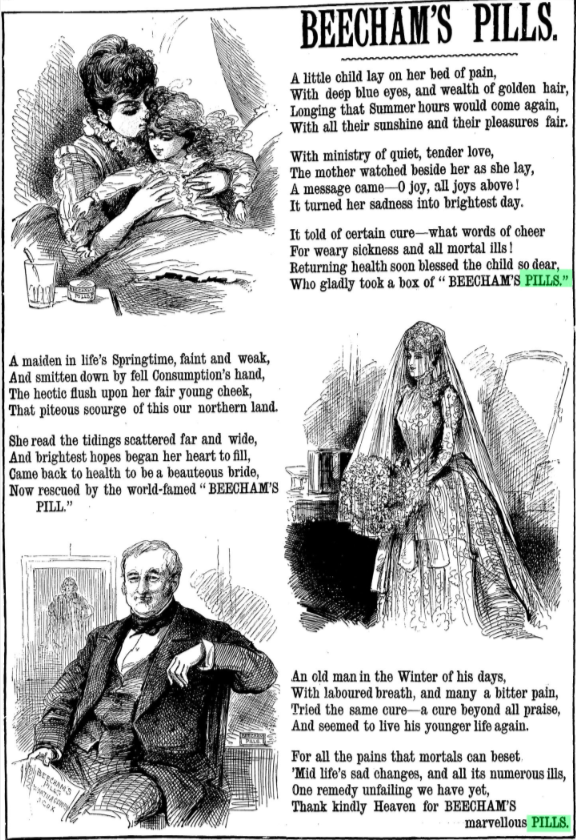
Figure 1. Graphic (London, England), Saturday, April 25, 1891, Issue 1117.
During the Victorian period there were four leading pill-makers who also made the most of the newspaper advertising; James Morison, the creator of Universal Pills, a ‘venerable’ Salopian called Thomas Parr who sold “Parr’s Life Pills” to increase the beauty of women, Thomas Holloway who is also classified as a first world-wide advertiser, and Thomas Beecham who invented “Beecham’s Pills” and claimed to cure “bilious and nervous disorders”.
One of the most lucrative and deceptive areas of advertising involved the so-called “patent” medicines. Actually, they weren’t patented and they were not really medicine, but rather, exotic concoctions of liquor and narcotics, as noted in the 1900 Puck Magazine illustration above. Prior to the regulation of both medicine and advertising in the 1900s by the British government, patent medicines were frequently touted as effective treatments for illnesses as serious as cancer and liver disease. However, many of the pills and syrups were exposed as having no effect or contained dependent ingredients.
Research questions
- How are keywords related to gender (women/men) and distributed over time in drug ads?
- What adjectives were used in drug ads for women or men?
- What kind of illnesses appeared in drug ads for women or men?
- What pictures were used in drugs ads for women or men?
Approach / Methods
The following section will line out our approach for using computational methods to gain insights into gender and drug advertisement. The first part lines out a computational approach to extract the words associated with gender in drug advertisement in the newspaper “The Morning Post” in the 19th century (1800 -1900). For the examples and visual advertisements in this blog post we also used other newspapers than “The Morning Post”.
The latter part shows how we used the advanced Gale search engine (http://gdc.galegroup.com/gdc/artemis/AdvancedSearchPage?p=BNCN&u=uhelsink) to enrich a qualitative insight into the images used in drug advertisement in the 19th century.
Macroanalysis
As the programming language for our study we used Python along with an array of complimenting libraries for doing data analysis. As our IDE we used Jupyter notebooks, as they allow for a segmented coding environment where the code runs directly in the browser and is easy to document.
We started by extracting the dataset of advertisements from The Morning Post from the Octavo API (https://app.swaggerhub.com/apis-docs/comhis/octavo/1.3.0#/). In order to do make a local version of the data we created a subset consisting of 40,000 advertisements from each decade. We then tokenized the data by removing all non-alphanumeric characters.
[1] Turner, Ernest Sackville. The Shocking History of Advertising, Great Britain 1965. pp. 61-64; Advertisement for Beecham's Pills, in: https://www.bl.uk/collection-items/advertisement-for-beechams-pills, 21.05.2019.
[2]History of Advertising Regulation in Communication Law and Ethics. An open-content course for Radford University COMS 400 Students and others [https://revolutionsincommunication.com/law/?page_id=730], 21.05.2019.
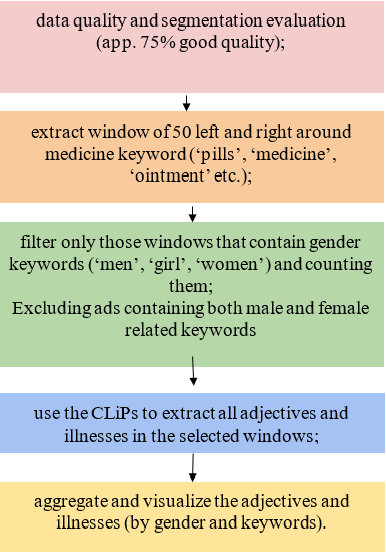
Figure 2: Process of the data analysis.
Microanalysis
To get access to images from the advertisement we used the new Gale Search Engine (http://gdc.galegroup.com). We used the advanced search functionality to get all the hits annotated as “Advertisements”. We then searched for the keywords from our list of medical keywords, and filtered for images. The images were then copied, selected and interpreted.
We also used microanalysis constantly to check the results of the data analysis.
What were the difficulties with the analysis for this case study?
- One problem was the under-segmentation of the available advertisements. We then used co-occurrence analysis and vector space analysis to get meaningful results.
- As usual when working with historical newspapers, OCR problems potentially affected our analysis.
- No visualization of the relationship between original text and data exists. This made the proofing of the results very time-consuming.
- As usual when working with historical newspapers, we had the problem of selection bias. We countered this problem by using one big newspaper where we had a sense of the context.
- There are no relative frequencies in the Gale interface
First Results
Pills for women or men?
Figure 1 shows the distribution of gender related keywords over time in drug ads in the 19th century. For the analysis we used following keywords (male, men, man, gentlemen, boy, boys, gentlemen, female, girl, woman, women, wife, wifes, females, girls). The figure shows interesting and surprising results at the same time. In the first decades of the 19th century, males dominated in drug ads, even though females were addressed more and more frequently. Between 1860 and 1880, keywords related to men raised again. This surprisingly turned around in between 1880 and 1900. Keywords related to women were mentioned more often than keywords related to men:
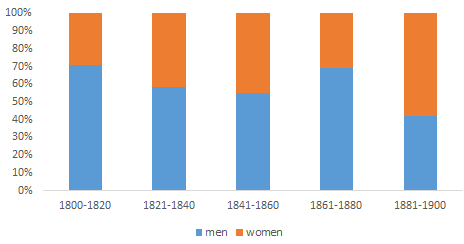
Figure 3: Distribution of gender related keywords over time in drug ads.
Gender descriptive language in primarily female and male drug ads?
As men and women have different stereotypes in general, adjectives in advertisements for each gender are used differently. But does this apply also to the 19th century drug ads?
It can be said that there were obvious differences in the use of of adjectives in male or female related drug ads. As seen from the word clouds and figures below, “nervous” as a sign of emotional weakness and “delicate” dominated the female drug ads while “respectable”, or “good” were typical adjectives in male drug ads.

Figure 4: Word cloud of most frequent adjectives in drug ads related to men in the 19th century

Figure 5: Word cloud of most frequent adjectives in drug ads related to women in the 19th century
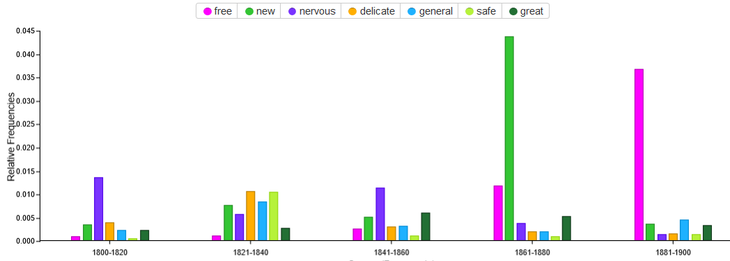
Figure 6: Most frequent adjectives in drug ads related to women between 1800 and 1900
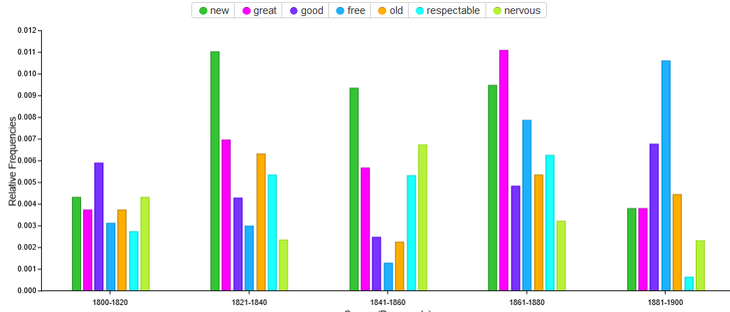
Figure 7: Most frequent adjectives in drug ads related to men between 1800 and 1900
Although the adjective "nervous" dominated the drug advertisements for women, it also occurred in the male context within the seven most frequently used adjectives.
Pills for diseases of the nervous system for women:
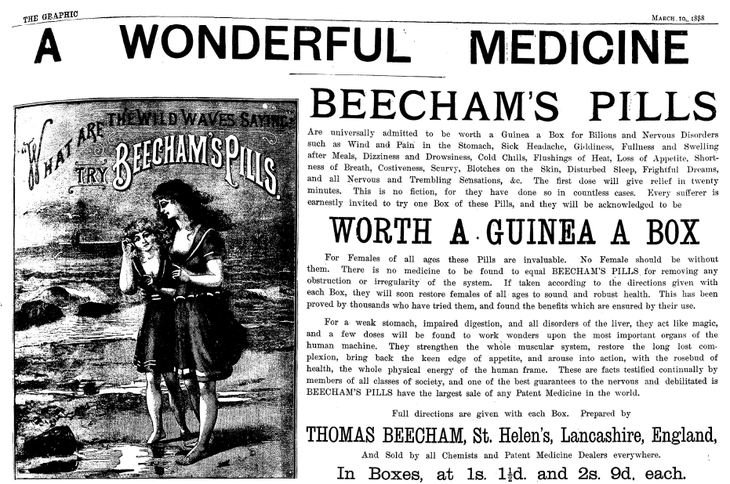
Figure 8: Graphic (London, England), Saturday, March 10, 1888.
Pills for diseases of the nervous system for men:
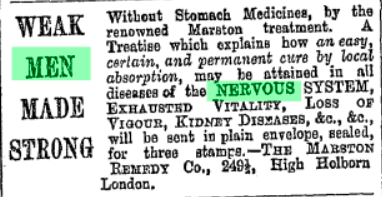
Figure 9. The Penny Illustrated Paper (London, England), Saturday, December 15, 1906, Vol. 92, Issue 2377.
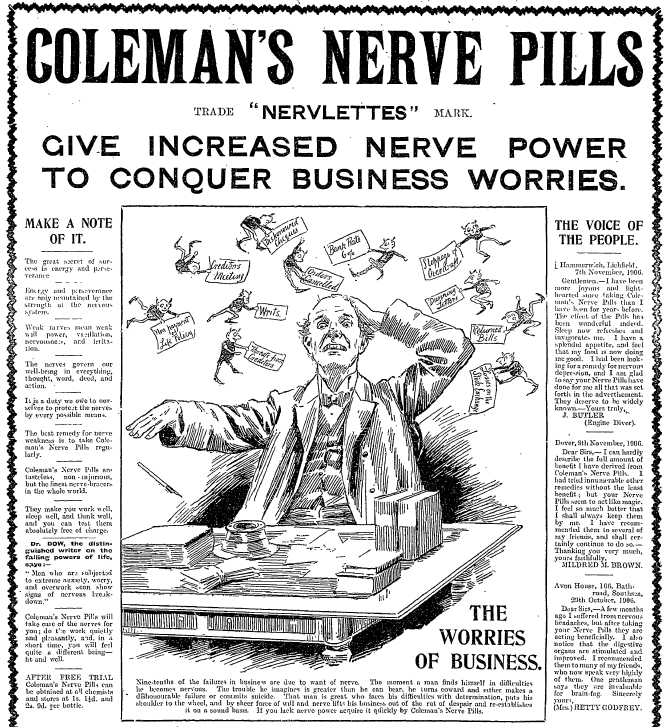
Figure 10. The Penny Illustrated Paper (London, England), Saturday, August 13, 1898, Vol. 75, Issue 1942.
It is very interesting that the use of the word "nervous" in women's advertisements was less common after 1860, but this development did not occur in men's drug advertising.
A closer look into the drug advertisements has given possible solutions for this development. It may be that pills for nervousness did not longer have the same market in the new era of psychological treatment. In addition, the word neurosis became more frequent in the English language in the 1860s onwards. And neurosis is often tied to the process of medicalization of psychological issues. Nervous disorders in female related ads did more and more appear in other contexts than drug selling. For example, in the context of electro-therapy:
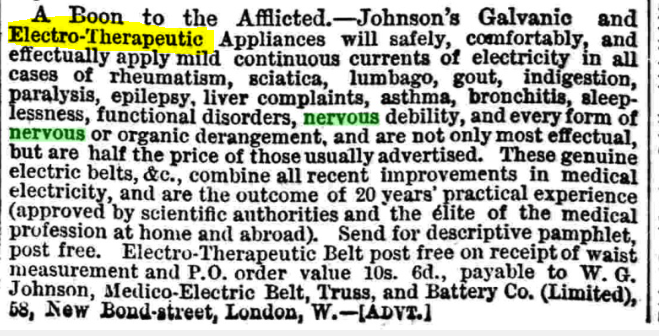
Figure 11: Morning Post (London, England), Tuesday, March 20, 1888, Issue 36116,
Different sexes, different (amount of) diseases?
Another noteworthy point of the gender-relevant content of drug ads was the distribution of genders according to the illnesses. Female images were primarily used for the diagnoses related to nerves or anxiousness as a reference to their being more emotional, whereas male figures were used in the context of severe diseases like cardiovascular condition or rheumatism.
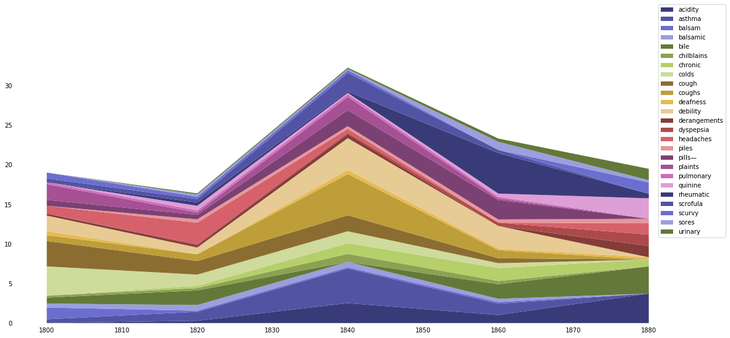
Figure 12: Illnesses appearing in drug ads for men between 1800 to 1900.
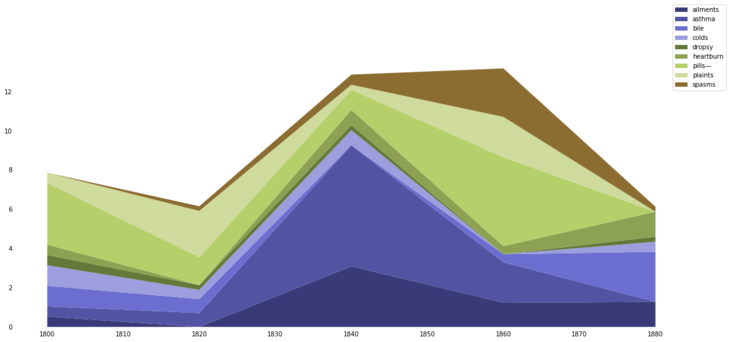
Figure 13: Illnesses appearing in drug ads for women between 1800 to 1900.
Even at first glance it becomes clear that drug ads for men and women are linked to diseases in ratio 25:9 respectively. The two graphs have only asthma, bile, colds, and plaints in common. Drug ads for men contained a long list of various serious illnesses like rheumatism, pulmonary diseases, epilepsy, scurvy, dyspepsia, deafness etc. while ads for women addressed “soft diseases” like heartburn or colds.
It is necessary to note that out of the common health issues, asthma is mentioned mostly in female related drug ads, whereas it is very slight for males throughout the whole century.
Gender stereotypes in visualized drug advertisements in the 19th century?
Drug advertisements of the period in question put a prominent accent on the featuring human figures; often women, sometimes men and in a few cases children, and each of them represented in different styles - mostly patterned on cultural stereotypes and standards.
Images in drug advertisements started to surface after 1850. Before 1850, hardly any images were used to advertise pills or waters (liquid medicines, e.g. syrup). "Parr's Life Pills", an example of patent medicines marketed as cure-alls, was one of the companies using pictures in the advertisements already in the 1850s. Parr’s advertisement is showing a large group of people with Parr himself in the centre shooting with a crossbow displaying his own strength and healthiness while others, mostly females, are admiring him.
Also Holloway's pills is using visualized ads in the 1850s. Just like Parr, Holloway used a large group of people as an image, putting a male in the center again, possibly just like Parr showing himself?
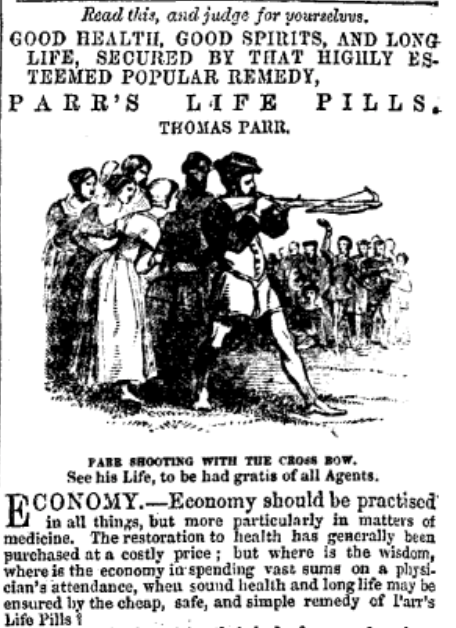
Figure 14. Ipswich Journal (Ipswich, England), Friday, September 9, 1853, Issue 6018.
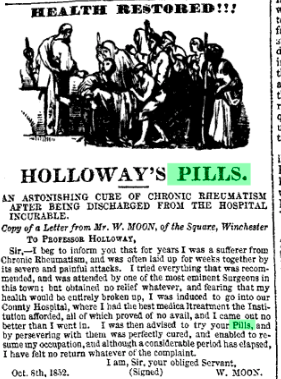
Figure 15. Northern Star (1838) (Leeds, England), Saturday, February 23, 1850, Issue 644.
While drug ads in the 1850s where showing specific scenes involving figures in action, drug ads of the late 19th century were illustrated with static female figures (Figures 17 and 18) but again men in action (Figures 19 and 20). Drug advertisements in the 1880s till mid 1890s were dominated by female images, whereas the opposite sex became more frequent after 1895.
When it comes to facial expressions, women are shown calmer and serious while men are more natural and ambitious:
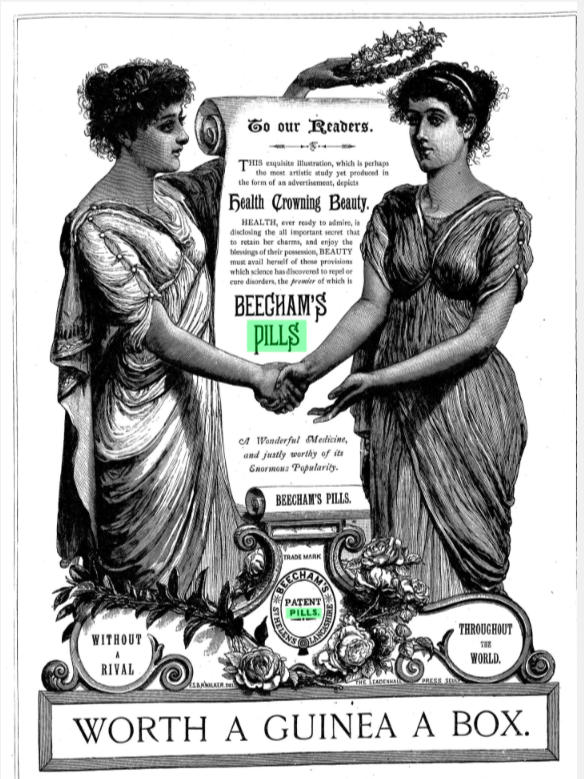
Figure 16. Graphic (London, England), Saturday, July 25, 1891, Issue 1130.
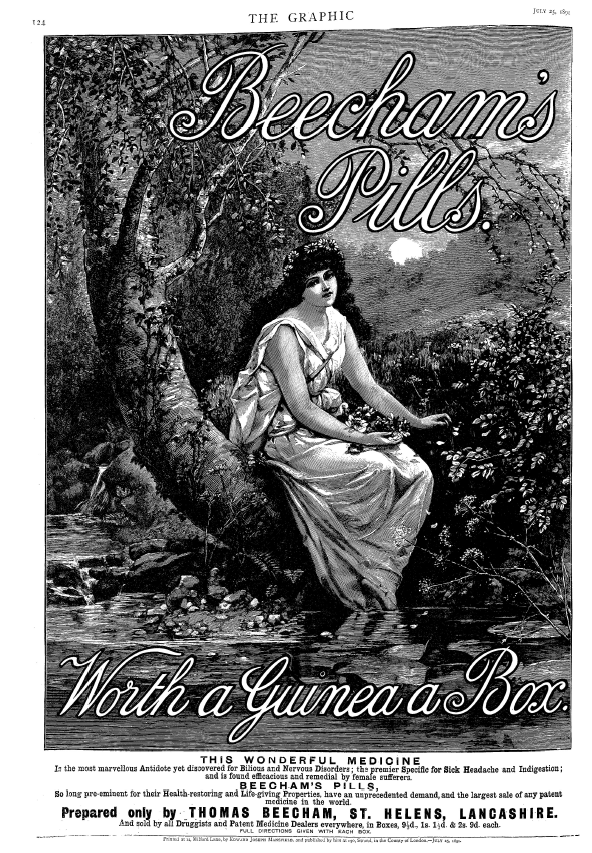
Figure 17. Graphic (London, England), Sunday, December 25, 1887, Issue christmas.
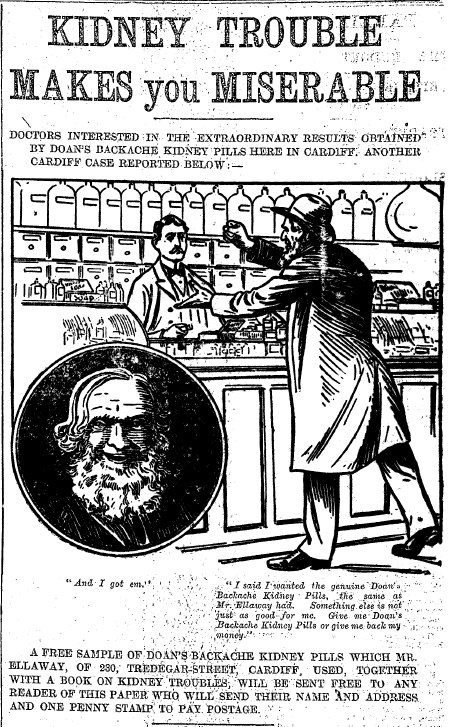
Figure 18. The Penny Illustrated Paper (London, England), Saturday, July 24, 1909, Vol. 98, Issue 2513.
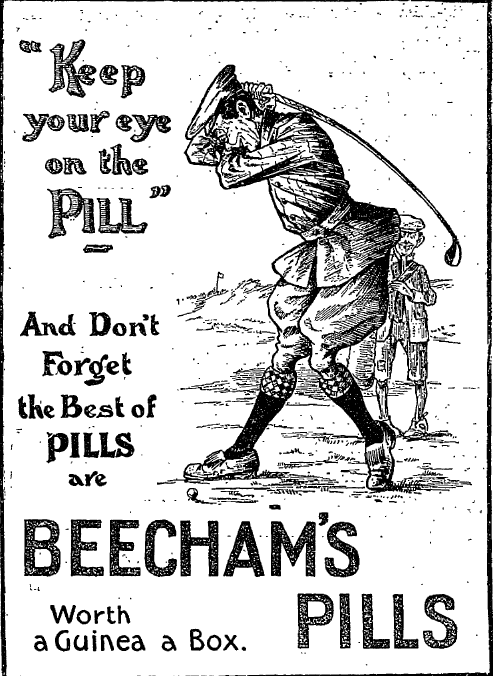
Figure 19. Western Mail (Cardiff, Wales), Wednesday, March 7, 1900, Issue 9605.